2023

Harris Lab at the 2023 Biology of the Aging Course at the Marine Biological Laboratory.
Matthew Harris and Stephen Treaster teach students about the theory and use of clams and mutant zebrafish to better understand the biology of aging.

Drug Discovery News: New genetic pathways involved in aging.
By using rockfish and zebrafish, Stephen Treaster hopes to understand how to extend animal lifespans.
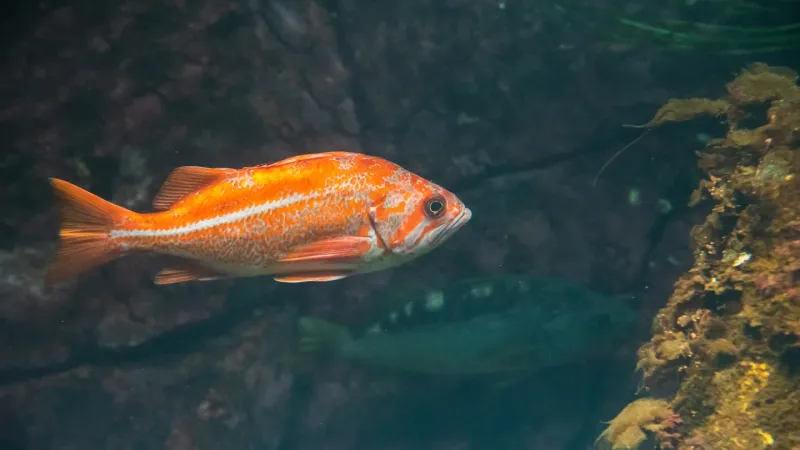
Popular Science: What rockfish genes can teach humans about living past 100
Stephen Treaster and Matthew Harris highlighted. Plunging into the genes of the humble rockfish could help us treat age-related diseases.
2022
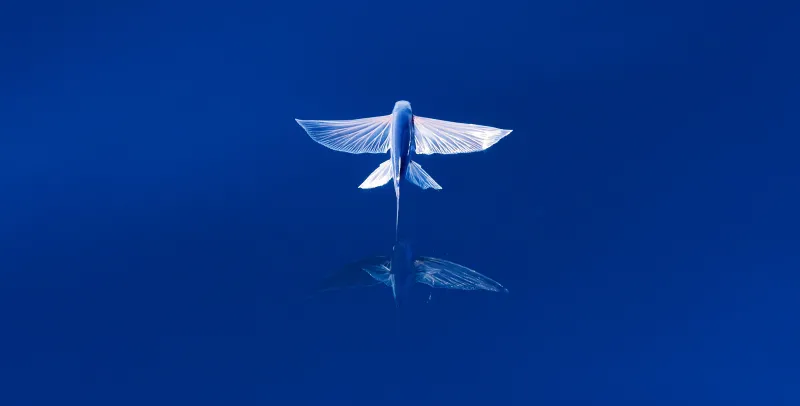
Quanta Magazine: Flying Fish and Aquarium Pets Yield Secrets of Evolution
Matthew Harris and Jacob Daane highlighted. New studies reveal the ancient, shared genetic "grammar" underpinning the diverse evolution fish fins and tetrapod limbs.
2021
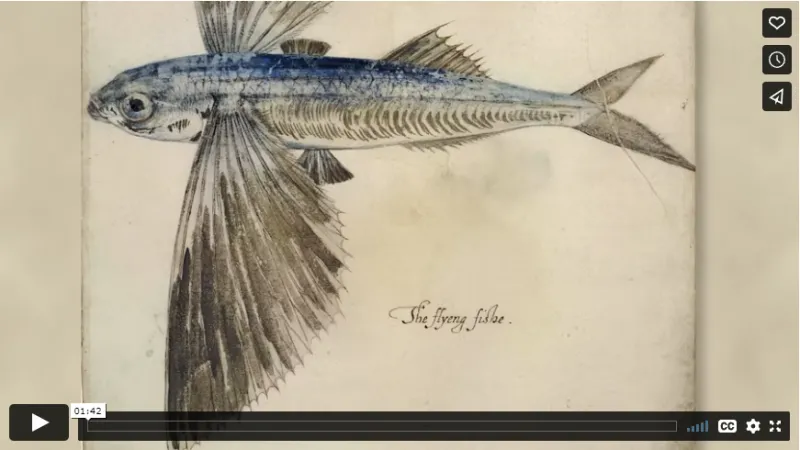
Harvard Medical School Video Animation: A glimpse into the evolution of long fins.
Jacob Daane and Matthew Harris highlighted. Researchers in the lab of Matthew Harris at Harvard Medical School and Boston Children's Hospital have just unlocked new clues by studying the DNA blueprints for wing-like fins in flying fish–and making shockingly simple genetic alterations in normally shorter-finned zebafish.
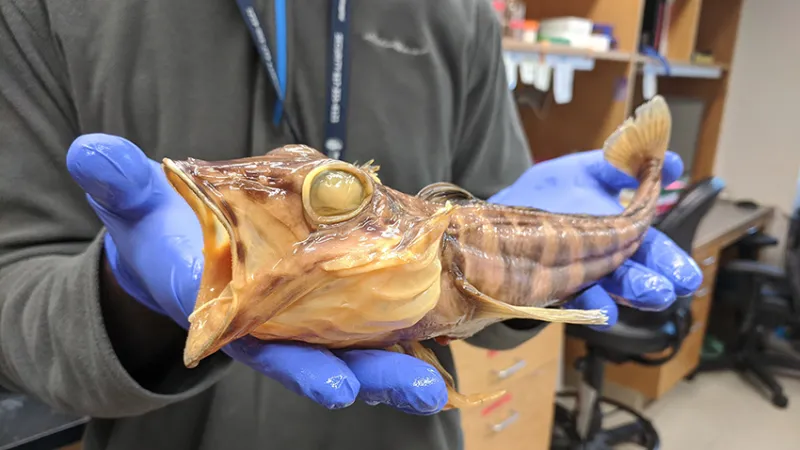
History lesson: Geneticists comb DNA of 'survivor' fish for clues to withstanding climate change.
Some 25 to 30 million years ago, the Earth's temperature fell. Ice caps grew and sea level dropped. Plants and animals died off as their environments rapidly shifted. Some species, however, survived the upheaval.
2020
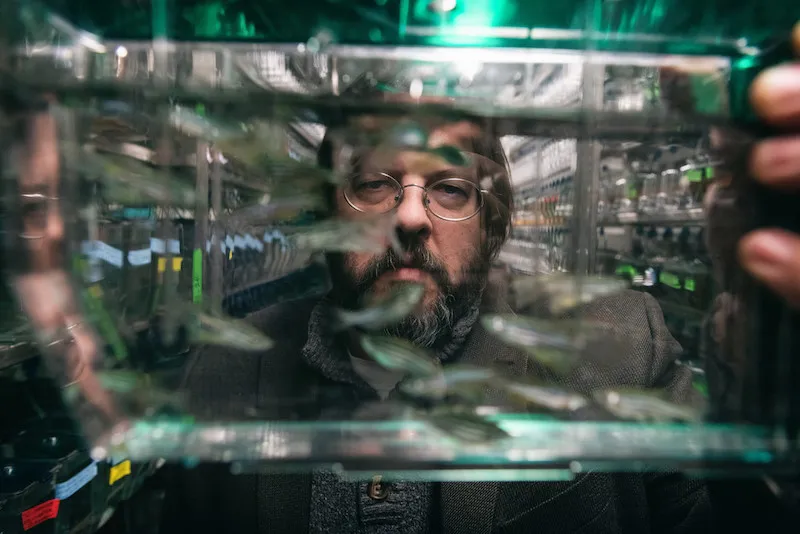
Harvard Medical School Highlight: Diving Deep: Understanding skeletal conditions with fish models.
From fragile ice fish deep in the Antarctic Ocean to flying fish gliding above the Caribbean Sea, fish have evolved a fascinating variety of skeletal traits. These traits not only help them adapt to their environments, they also provide genetic insights into rare human skeletal disorders.
2018
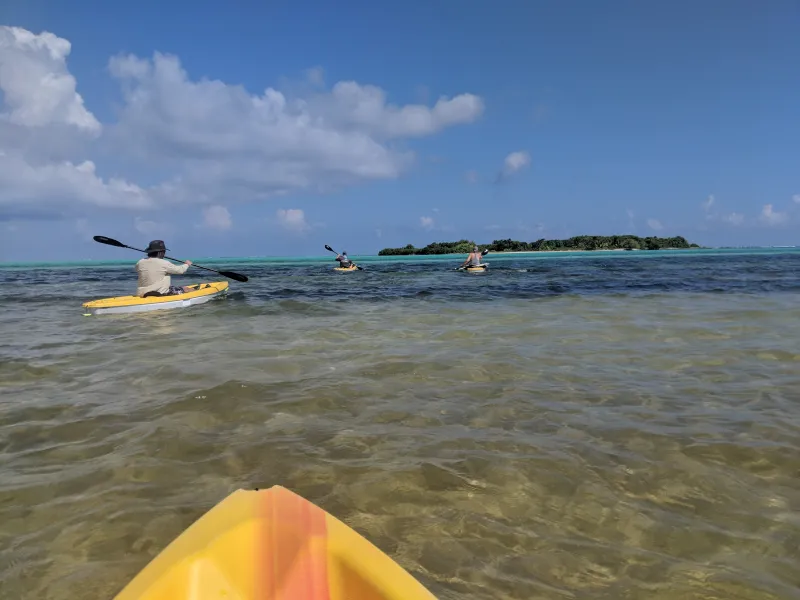
Cayman Island Expedition for Extreme Fins and Beaks
On the hunt for flying fish, needlefish, and halfbeaks, collecting samples for comparative transcriptomics, to discover mechanisms regulating proportion.